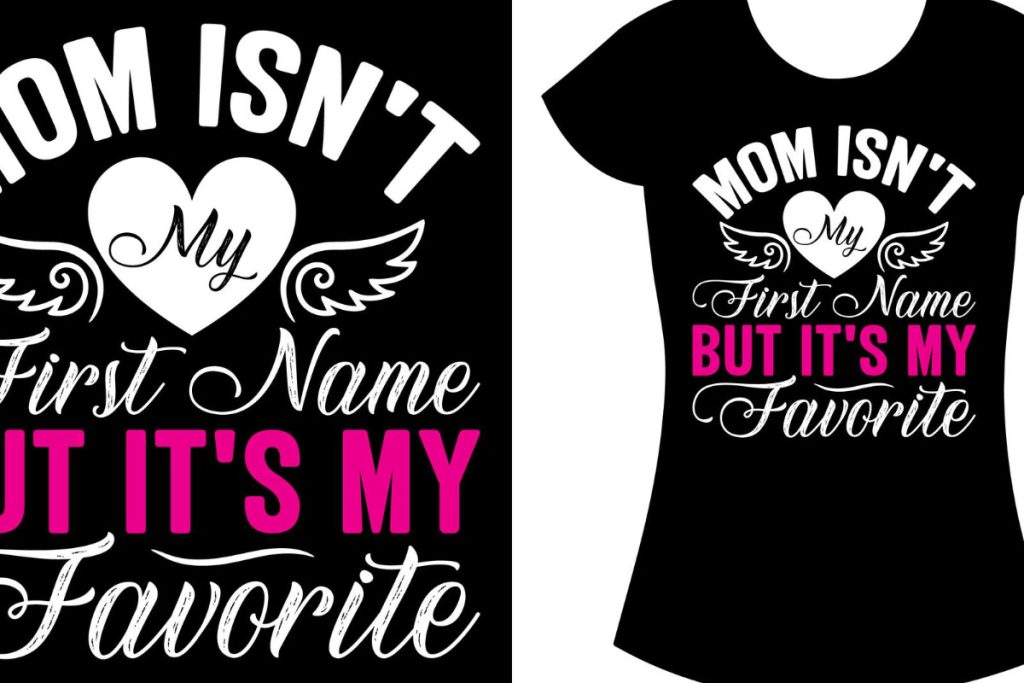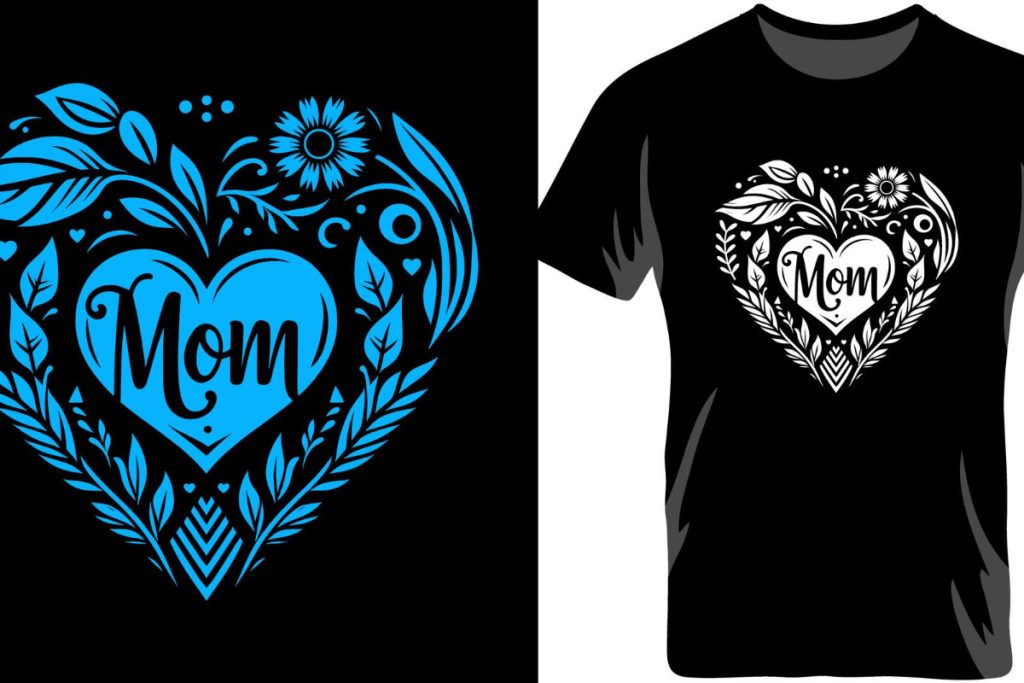In the realm of modern textile printing, DTF transfers are rapidly gaining acclaim as a game-changing technique. DTF, or Direct to Film printing, simplifies the process of applying intricate designs to fabric, making it an ideal choice for custom apparel enthusiasts. Unlike traditional methods, DTF transfers offer vibrant colors and exceptional durability, expanding their applications across various industries. With a straightforward process involving eco-friendly materials, this innovative printing method stands out for its efficiency and versatility. As the popularity of DTF transfers grows, so does the potential for creative designs that cater to an ever-evolving market.
Direct-to-Film (DTF) printing is revolutionizing the way designs are transferred onto textiles, providing a fresh approach compared to conventional printing methods. This technique involves applying designs not directly onto fabric but instead onto a specialized film, making it uniquely suited for a variety of applications, particularly in custom apparel creation. Known for its vibrant output and lasting quality, DTF printing is becoming a staple among fashion designers and small businesses alike. The process utilizes eco-friendly materials—helping artisans and manufacturers embrace sustainability while maintaining high-quality results. As the demand for personalized clothing continues to surge, the potential of DTF transfers is becoming more apparent in the realm of garment printing.
Exploring the Advantages of DTF Transfers for Custom Apparel
DTF transfers revolutionize the realm of custom apparel with a wide array of advantages. First and foremost, the technique is noted for its potential to produce vibrant, high-resolution images that can be applied to various fabric types. This level of detail and color accuracy is pivotal for designers seeking to make a statement with their garments. Whether it’s a personalized t-shirt or a detailed hoodie design, DTF printing provides an authentic, eye-catching finish that stands out in any market.
Another significant benefit of DTF transfers lies in their versatility across different materials, enabling creators to experiment freely. The process can seamlessly print designs on cotton, polyester, and even blended fabrics, which is crucial for designers working with diverse product lines. This opens doors not only for individual creators but also for small businesses to offer a variety of apparel without investing in multiple printing methods.
Understanding the DTF Printing Process
The DTF printing process is both innovative and straightforward, combining technology and creativity to yield stunning results. The foundation begins with direct film printing where designs are created on a specialized type of film. Utilizing eco-friendly water-based inks is essential here, as it ensures the end product is vibrant yet sustainable. After the design is printed, a crucial step involves covering the print with a powder adhesive, which establishes the necessary bond with the fabric during the transfer process.
Finally, using a heat press to transfer the design ensures that the adhesive activates and secures the print onto the fabric. This method provides a soft feel on the garment, which is a significant advantage over other traditional printing techniques that often leave a stiff finish. The attention to detail in each step of the DTF printing process is what sets it apart and contributes to its growing popularity in the textile printing industry.
Essential Materials for Successful DTF Transfers
To embark on your DTF printing journey, understanding the essential materials required is paramount. First, the DTF printer is crucial, as it must be equipped to handle specialty films and water-based inks effectively. Investing in a high-quality printer not only ensures optimal results but also enhances the longevity of your designs on fabric.
In addition to the printer, the choice of transfer film plays a significant role in the overall quality of the print. Quality DTF transfer film can absorb the ink correctly and fuse seamlessly with the adhesive powder during the heat application stage. Together, these materials set the foundation for successful DTF transfers, ensuring your creations maintain their integrity and vibrancy over time, making them more appealing to customers.
Diverse Applications of DTF Printing
DTF printing is not just a trend; it’s a versatile technique that caters to various applications beyond standard custom apparel. From promotional merchandise to intricate fashion designs, DTF transfers can be effectively used to create unique items that capture audience attention. Businesses often leverage DTF printing for promotional products as it allows for quick turnarounds and detailed customization, enabling them to meet specific client needs.
Moreover, the fashion industry benefits greatly from DTF printing, as it enables designers to push boundaries with their creations. The ability to print detailed graphics on various fabric types gives designers the freedom to innovate and express their ideas visually. As a result, DTF transfers are emerging as a preferred choice for personalized fashion projects and commercial product lines alike.
Emerging Trends in DTF Printing
The landscape of DTF printing is rapidly evolving with increasing trends focusing on sustainability and efficiency. One notable trend is the growth of eco-friendly inks and materials, allowing businesses to reduce their environmental footprint while retaining high-quality output. Companies are increasingly embracing these innovations to attract a environmentally-conscious clientele, which speaks volumes about the direction of the industry.
Additionally, the rise of online communities and platforms dedicated to DTF printing has facilitated information sharing and collaboration among enthusiasts and professionals alike. By engaging with others in the field, both new and seasoned printers gain valuable insights that improve their skillsets and help refine their techniques. This continuous knowledge exchange fosters a supportive environment that encourages growth and innovation in DTF printing.
Getting Started with DTF Printing: Your First Steps
If you are excited to venture into DTF printing, initiating the process with the right knowledge and resources is essential. Begin by conducting thorough research on the types of DTF printers available in the market to find one that fits your budget and capabilities. Different models offer varied specifications, so taking the time to review your choices will help you make an informed decision that meets your creative goals.
Once you have your equipment, diving into the learning phase is next. Utilize online resources, such as blogs, video tutorials, and online courses that provide detailed guidance on how to use DTF printing technology effectively. Joining online forums or local groups focused on DTF printing allows you to connect with experienced members who can share tips and provide assistance as you refine your craft. Starting small with manageable projects will help build confidence and skill while paving the way for larger, more ambitious printing endeavors.
Frequently Asked Questions
What are DTF transfers and how do they work?
DTF transfers, or Direct to Film transfers, involve printing designs onto a specialized film using eco-friendly water-based inks, followed by applying a powder adhesive. Once the adhesive is activated through heat transfer, the design becomes securely bonded to various fabrics, offering vibrant colors and intricate details.
What are the benefits of using DTF printing for custom apparel?
DTF printing offers numerous benefits for custom apparel, including versatility with various materials, vibrant color reproduction, a soft feel on fabrics, and efficient production for small runs. This makes it an ideal option for creating unique, personalized clothing items.
How can DTF transfers be applied in different industries?
DTF transfers can be employed in various industries, including custom apparel for t-shirts and hoodies, promotional products for businesses, and intricate fashion designs. Their adaptability makes them suitable for diverse applications.
What materials do I need for DTF printing?
Essential materials for DTF printing include a specialized DTF printer, high-quality transfer film, adhesive powder to bond the design to the fabric, and a reliable heat press to ensure proper transfer of the design.
Are DTF transfers eco-friendly compared to traditional printing methods?
Yes, DTF transfers are considered more eco-friendly due to the use of water-based inks and the ability to customize prints on-demand, reducing waste. Many suppliers also focus on sustainable practices, enhancing the eco-friendliness of DTF printing.
What trends are shaping the future of DTF printing?
Current trends in DTF printing include increased popularity among custom apparel businesses, a shift toward eco-friendly innovations in materials and methods, and the growth of online communities offering support and resources for beginners.
| Topic | Key Points |
|---|---|
| What is DTF Printing? | A printing technique where designs are printed on a special film and transferred to fabric using heat and adhesive powder. |
| Benefits of DTF Transfers | Versatile across materials, vibrant colors, soft feel on fabric, and efficient for small runs. |
| Materials Required | DTF printer, transfer film, adhesive powder, and heat press. |
| Applications | Used in custom apparel, promotional products, and fashion design. |
| Recent Trends | Growing popularity, eco-friendly innovations, and increasing online resources for guidance. |
| Getting Started | Invest in equipment, learn the process through online resources, join communities, and start small. |
Summary
DTF transfers are revolutionizing the custom textile printing industry, offering a modern and efficient method for applying intricate designs to fabrics. This technique not only provides high-quality and vibrant prints but also retains the fabric’s soft feel, making it ideal for a variety of applications, from custom apparel to promotional products. With its growing popularity and supportive community resources, DTF transfers present an exciting opportunity for beginners and seasoned artists alike to explore their creativity in textile design.



